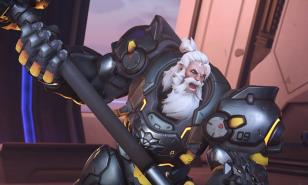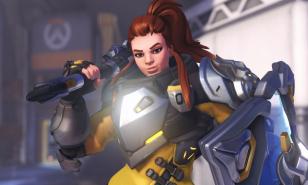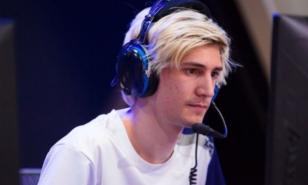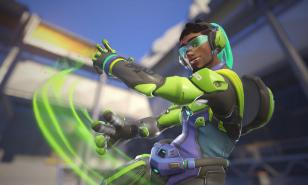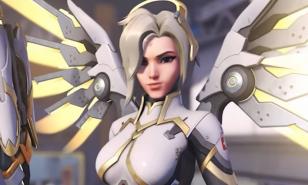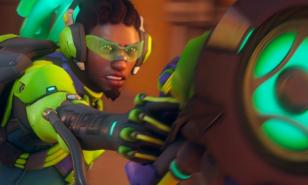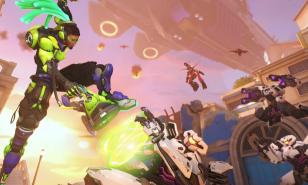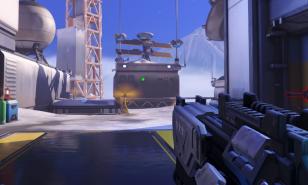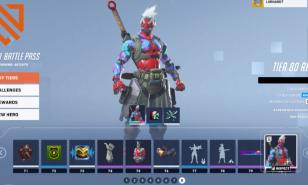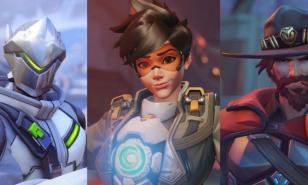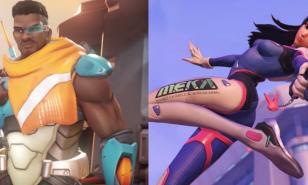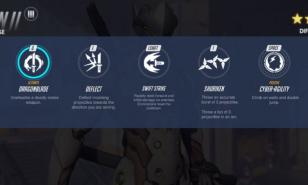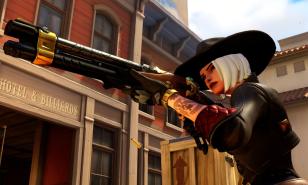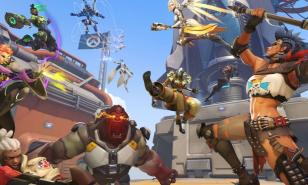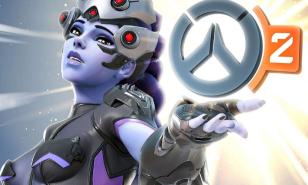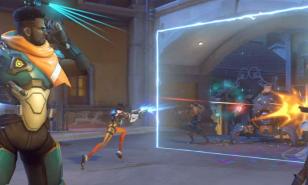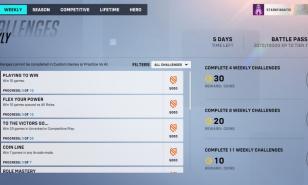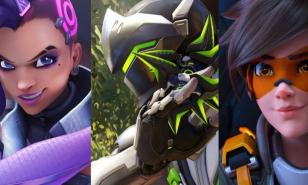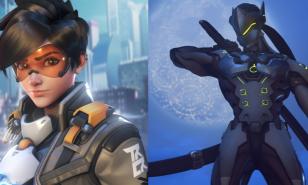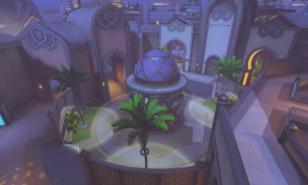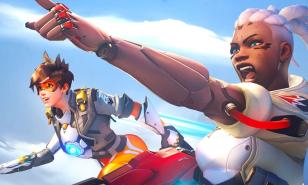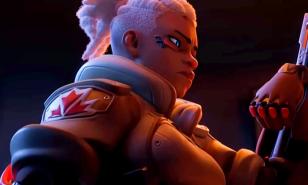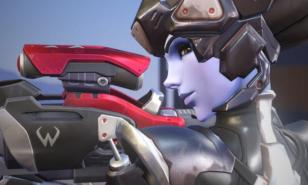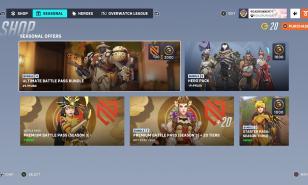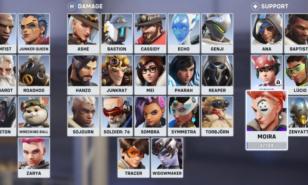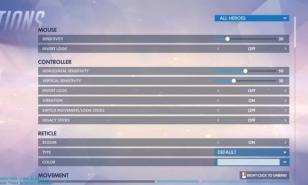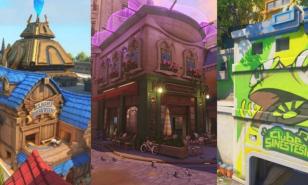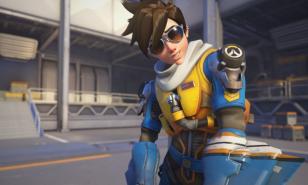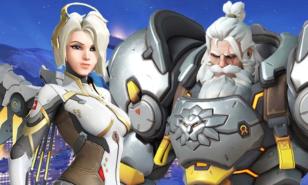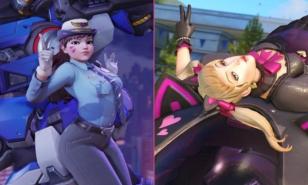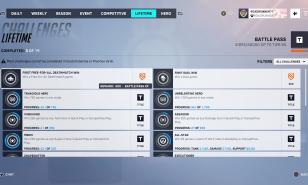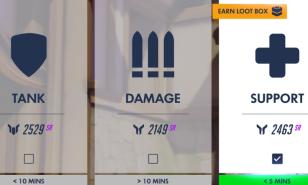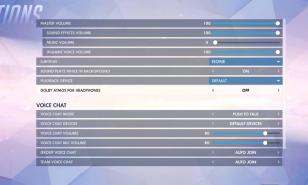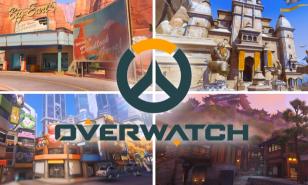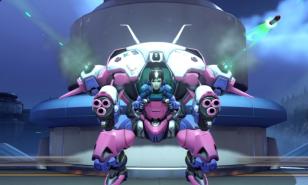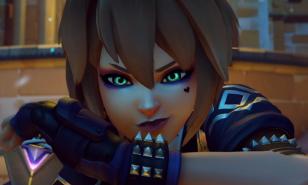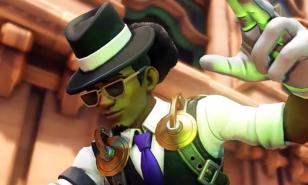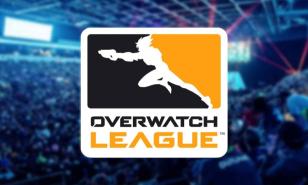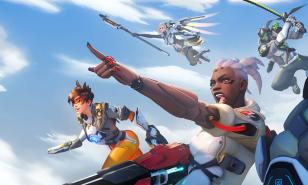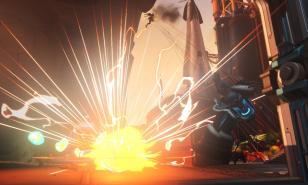Overwatch 2 Ranking System Explained
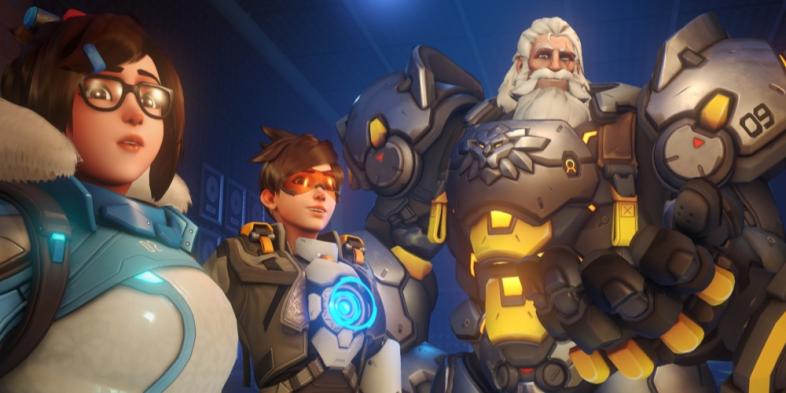
How Does Competitive Work?
Overwatch 2 has a competitive mode you can participate in if you like the added pressure and rewards. However, they have made many changes to what competitive mode used to be. The ranking system is completely different and harder to follow. Placements and skill rating are the two main factors in the ranking system, but what do they do exactly?
What Is The Overwatch 2 Ranking System?
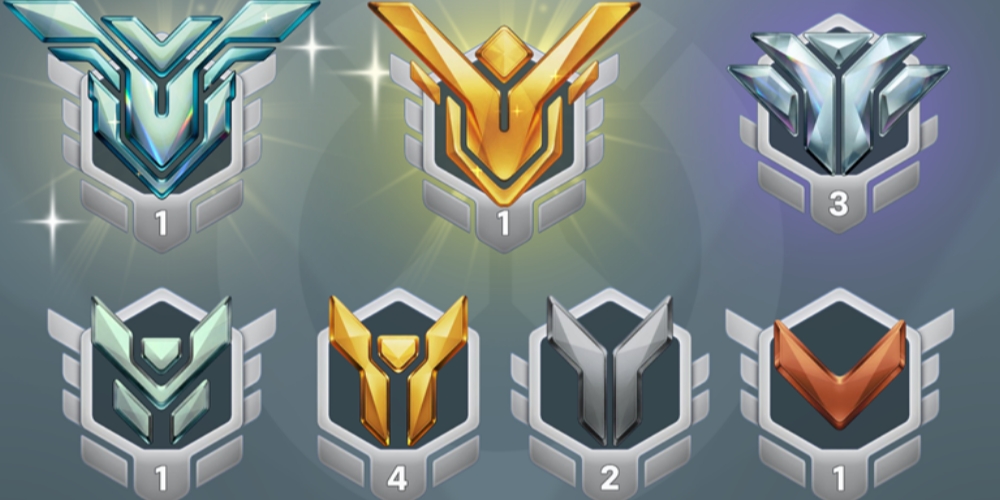 All the ranks in competitive
All the ranks in competitive
The Overwatch ranking system determines your competitive rank, and it’s actually pretty simple. There are seven medals called "tiers" that you are placed in. The seven are as follows: bronze, silver, gold, platinum, diamond, master, and grandmaster. The highest-skilled players are in the top 500, which are the top 500 people in the region. The top 500 are announced two weeks after the start of each competitive season.
You are awarded a rank for each of the classes. For example, if you’re a good tank, you can get a diamond tank while only having gold DPS. The Overwatch player average is around high gold to low platinum.
Throughout the season, your rank is determined based on your wins and losses. Your rank only updates when you earn five wins or fifteen losses. Your rank will go up and down depending on that. Overwatch provides a "competitive progress" chart so you can see how much progress you’ve made toward certain tier divisions.
The Two Modes
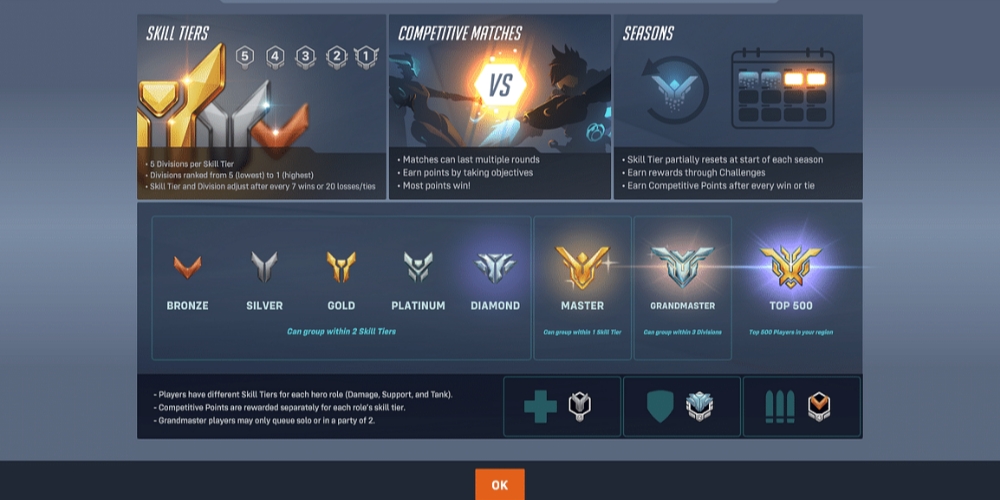 A detailed look at the Overwatch ranks
A detailed look at the Overwatch ranks
There is an open and role queue in Overwatch 2. Role queue confines you to the role you choose. You can choose either tank, DPS, or support. You can also choose flex, which queues you for all three roles, but in the end, you will only enter the game as one of the three roles.
Open queue is the opposite. You queue for a game without being restricted to one role. That means any team comp can happen. In role queue, it’s 1-2-2 with one tank, two DPS, and two supports. In open queue, there can be as many or as few DPS, tanks, and supports as your team wants.
You can queue for either of these modes, depending on your preference.
Overwatch 2 Ranking Tiers
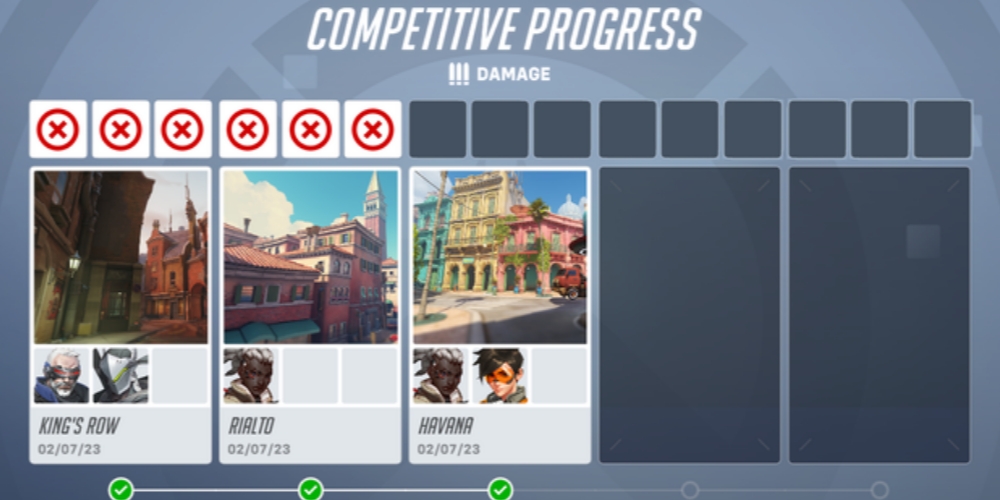 A map of the competitive progress
A map of the competitive progress
Within each tier, there are levels. Now, there are 5 levels. For example, there’s bronze 5-1, silver 5-1, gold 5-1, platinum 5-1, diamond 5-1, master 5-1, and grandmaster 5-1. The levels go from 5-1, with 5 being the lowest and 1 being the highest. For every five wins, you will go up one level. For every fifteen losses, you will go down one tier.
You can boost your chances of getting a higher skill tier by playing with friends, practicing, and practicing communication. Also, don’t be toxic. It won’t help you or your team if you’re yelling at people or being rude to them.
Restrictions
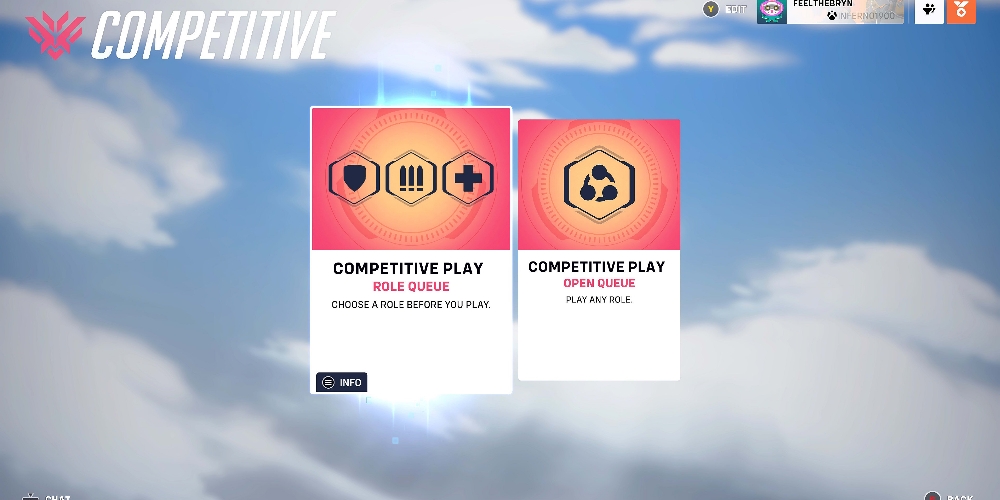 The two main competitive game modes
The two main competitive game modes
Overwatch 2 has restricted a lot of group play in the top ranks. The top 500 players can only group up with one other person, and they have to be in the top 500 too. Grandmaster players can only group up with one person within three skill tier divisions of them. Master players can group up with any number of people as long as they are within one full tier of each other.
The rest of the ranks can group up with any number of people as long as they are within two skill tiers. The group restrictions are tighter than they were in Overwatch 1, but hopefully this will lead to fairer matches.
Rank Rewards
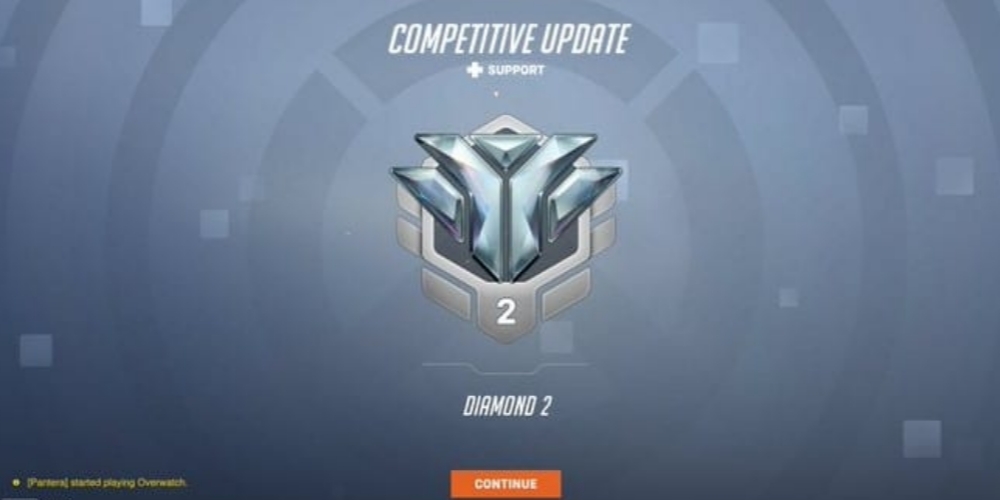 An Overwatch player reaches diamond 2
An Overwatch player reaches diamond 2
Every tier gets rewards at the end of the season. What you get depends on how high you are. However, you only qualify for these rewards if you complete the "Competitive Rewards Qualification", which is a challenge to win 25 games in role or open queue to qualify to receive rewards.
After you qualify, you can get rewards. The two awards are competitive points and name cards. You will get a card saying your rank at the end of each season (i.e., "Grandmaster Challenger") as long as you rank diamond and above. Competitive points can be used to unlock golden weapons for a hero of your choice. These weapons cost 3,000 points each.
For a win, you will get fifteen competitive points. For a draw, you will get five. At the end of each season, you will get competitive points. The amount will vary based on where you ended the season. If you ended the season in grandmaster, you will get 1,750 points.
Keep in mind that these rewards go based on where you end. If you start in silver and end in diamond, you will get diamond rewards.
Along with that, you can get special name cards over time. If you play 250 games, you will earn "Adept Challenger". If you play 750 games, you will earn the title "Seasoned Challenger". If you play 1,750 games, you will earn the title "Expert Challenger".
You May Also Be Interested In:
[Top 10] Best Overwatch DPS For Beginners
[Top 10] Best Overwatch Heroes For Competitive Play
Overwatch DPS Tier List [Overwatch Best And Worst DPS Revealed]
[Top 5] Overwatch Best Heroes For Solo Carry
[Top 10] Best Overwatch Heroes For Beginners That Are Powerful
- Log in or register to post comments
 Home
Home PC Game Trailers
PC Game Trailers News
News Menu
Menu



